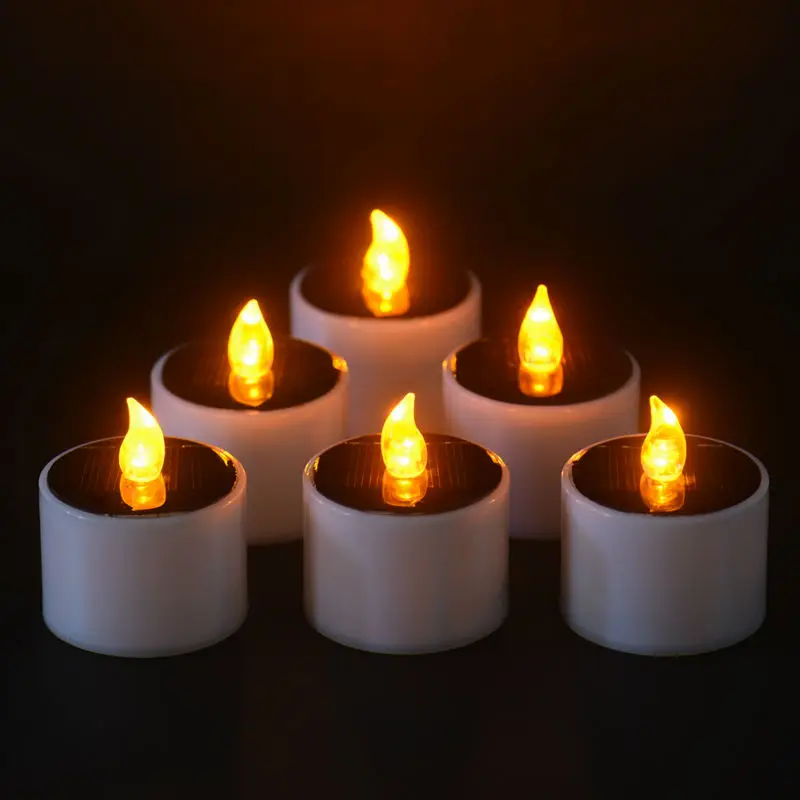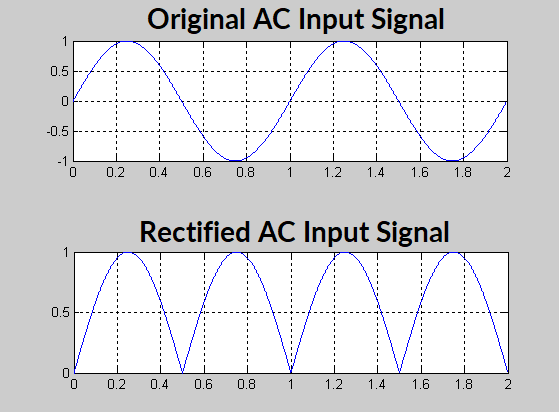

It does switch from on and off pretty quickly and at standard intervals. This is a normal behavior of fluorescents. If you think they are constantly ON, then you thought wrong.Īctually, it turns on and off at times without you even noticing it. This is very true, especially for fluorescent tubes and bulbs. However, the human eye can’t see this because when it does, it’s super fast. When you use artificial light, be it LED, fluorescent, or incandescent, there is one thing in common between them: they FLICKER.

When shooting video with a mirrorless or DSLR, if there is any type of flickering in the scene due to the use of an artificial light source (such as fluorescent bulbs, tungsten bulbs, and most importantly LED lighting), then it’s likely caused by how fast those pulses are coming out from the bulb. The luminance from this source is really helpful in bringing out the scenes. Since LEDs are pretty powerful, they are usually preferred at times like this.Ĭinematographers also use this even when filming outdoors, especially during nighttime. Despite filming indoors with lighting fixtures, you will most likely need an additional source to brighten the entire space to ensure you get the right shot. There is a strong correlation between lighting and digital media. How does this relate to photography and filmmaking, you ask? And this allows for unique bulb designs as well.īut, did you know that there are two types of led lights? Constant and strobe.Ĭonstant LEDs have a steady light output while strobes emit bursts of it at regular intervals depending on the frequency they’re set at. Because they are tiny, the bulbs turn out smaller than usual yet brighter than ever. These tiny diodes are incorporated into bulbs to produce more radiant lighting. They are 90% much more efficient than conventional fluorescent and incandescent bulbs. What are really these so-called LED lights and what role does it play in filmmaking or taking photos?įor starters, LED (also known as Light Emitting Diode) is an artificial source of lighting used for illuminating poorly-lit venues, especially indoors.
#LED LIGHTS FLICKER HOW TO#
So today, I’ll help you learn why do LEDs flicker on camera and how to fix flickering lights in video (with the special plugin and Adobe Premier Pro). But to others, this is nothing but a bother. Some filmmakers may find this beneficial, especially with scenes that need this kind of drama. Sometimes, it is an unintentionally created effect when filming under artificial light.
#LED LIGHTS FLICKER MOVIE#
While this is a common effect in movie genres like those I mentioned, not every clip you see with flickers is meant to scare you. When we see flickering lights in videos and movies, we almost always think about horror and thriller scenes. Occasionally one set flickers more than the other.Ī bad connection anywhere along the path is out of the question.LED Lights on Camera: How to Stop Light Flickering in Video? (Guide) In one of the rooms, I have two sets of lights on two different switches, on a single circuit. The flicker sometimes stops if I replace one of the lights on the switch with an incandescent bulb. There are 4 brands in total: Torchstar, Feit Electric, Hyperikon, Philips.Įach of the three rooms uses a different kind of switch: Lutron dimmer (DV-600P), Lutron dimmer (DVW-600PH), and a dumb switch. (They don't flicker in other rooms/circuits.) In each of the rooms, the light bulbs are of a different brand. There are three different rooms/circuits where the LED lights flicker. The flicker frequency also varies from time to time. The lights flicker at different "flicker frequencies" as you can see in the videos. I would say the lights flicker about 30-40% of the time. Each time the flicker period is prolonged.

The lights flicker sometimes and not at other times. Something is causing some of my LED lights to flicker in three locations.


 0 kommentar(er)
0 kommentar(er)
